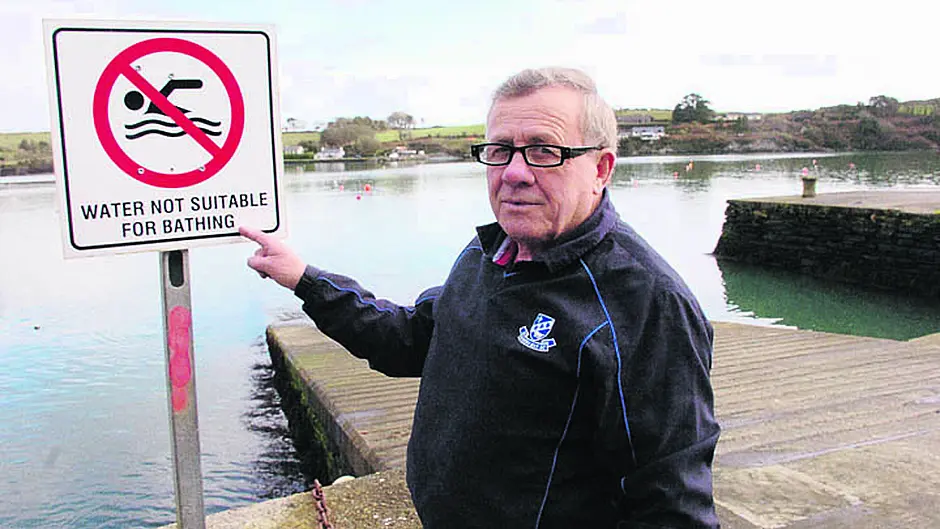A judge has described as ‘extraordinary' the fact that the majority of Castletownbere's raw sewage is being pumped directly into the local harbour.
BY TOM TUITE
A JUDGE has described as ‘extraordinary’ the fact that the majority of Castletownbere’s raw sewage is being pumped directly into the local harbour.
In court in Dublin this week, Irish Water received fines totalling €9,000 and was ordered to pay costs in three prosecutions by the Environmental Protection Agency (EPA).
It pleaded guilty to breaching surface water and waste water discharge regulations at three popular tourist destinations, including Castletownbere and Castletownshend.
The third location was at Kilfenora in Co Clare.
Irish Water had been granted a two-year ‘grace period’ by the EPA to get necessary work done, prosecution solicitor Maeve Larkin told Dublin District Court.
Judge John Brennan said there were ‘grave concerns’ about the two West Cork towns and that it was ‘extraordinary’ that in 2018 raw sewage was being pumped into the sea.
EPA inspector Patrick Chan told Judge Brennan that Castletownbere had a population of about 1,300. Four septic tanks take 36% of waste water.
He agreed with Ms Larkin that the remainder – 64% – was untreated and discharged directly into the town’s harbour from a pipe.
The court heard that oysters from the harbour, which were usually eaten raw, had to undergo further treatment before they could be consumed. Irish Water was supposed to build a treatment plant for all the waste water there but it will not be completed until 2021, the court was told.
Mr Chan said he lifted a manhole and could clearly see human waste travelling out into the harbour untreated.
He agreed with defence counsel Eoghan Cole that Irish Water was working with stakeholders to work out ways it should be treated, and in two years’ time there will be standardised European protocols.
Castletownbere is a ‘picturesque rural village’ and a suitable location had to be found for a treatment plant, a pipeline and a discharge location, which will cost Irish Water €8m, Mr Cole told the court.
The defence barrister also asked the court to note other factors, including agribusiness, in relation to the impact on the harbour’s oysters. A fine of €2,500 was imposed by Judge Brennan in relation to this prosecution.
The judge said it was extraordinary that in 2018, 64% of Castletownbere’s wastewater went untreated into the harbour.
Mr Cole also asked the court to note that the problems had existed before the creation of Irish Water when local authorities were responsible.
Judge Brennan said Irish Water found itself in this situation that there was no water treatment facility.
However, he warned that if, in future, it was being put forward as mitigation, it would not be accepted.
The EPA inspector also told the court that there as no water treatment plant at Castletownshend, which had a population of around 450 people.
The village’s sewage was also discharged directly into the sea at a nearby beach.
He showed the judge photos of the beach, including one where children could be seen playing just 50 metres from a culvert carrying the sewage into the sea.
He said one photo showed that it contained ‘white pieces of toilet paper and brown matter’.
Mr Cole said Irish Water will have a treatment plant in operation there in 2021, at a cost of €4m.
Judge John Brennan said it was a ‘grave concern’ that raw sewage was discharged into the amenity and that it was a tourist location and also used by children.
The lack of signage about the problem was also not the responsibility of Irish Water, which shared its data with the local authorities, Mr Cole said.
The judge imposed a €3,500 fine in that prosecution.









